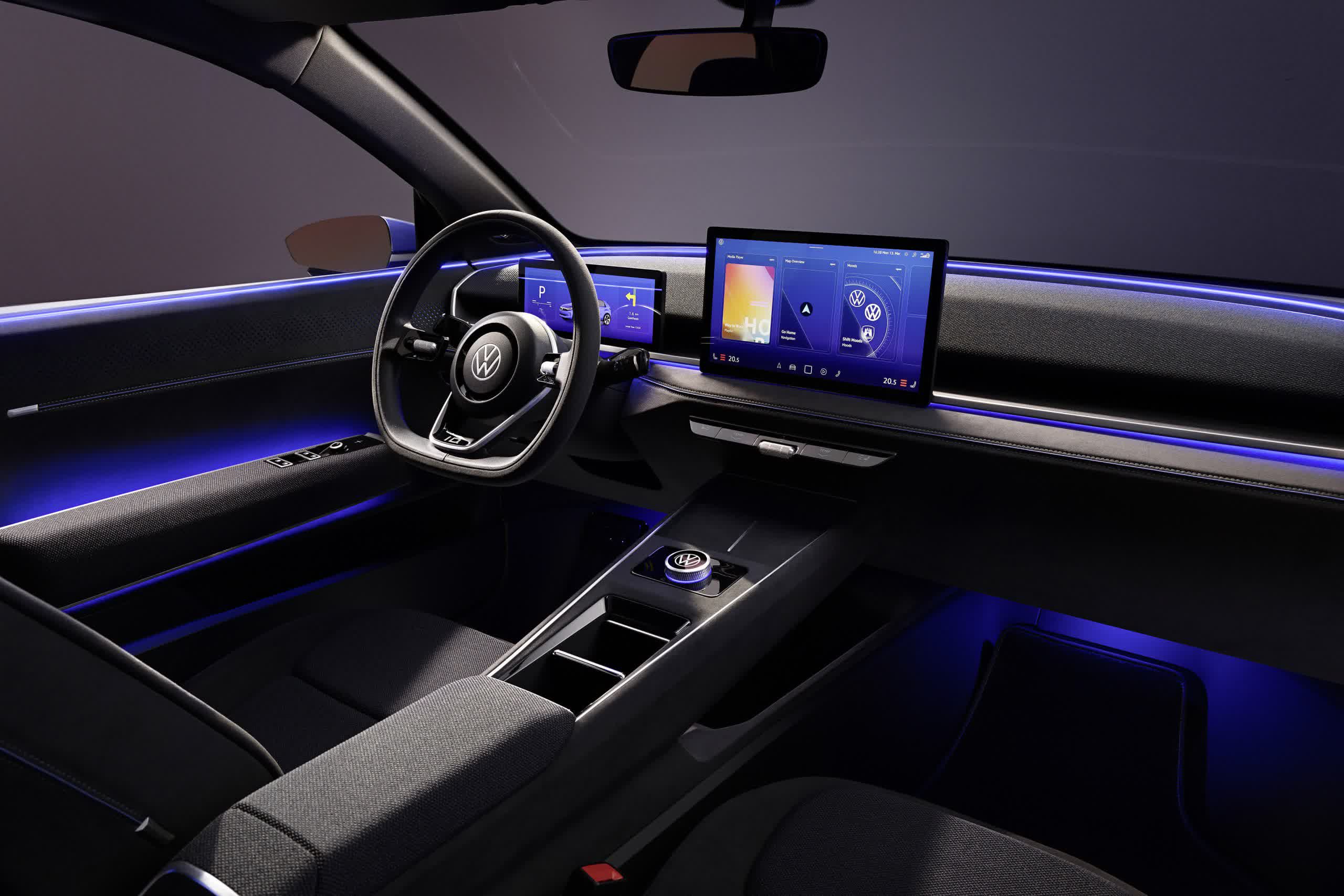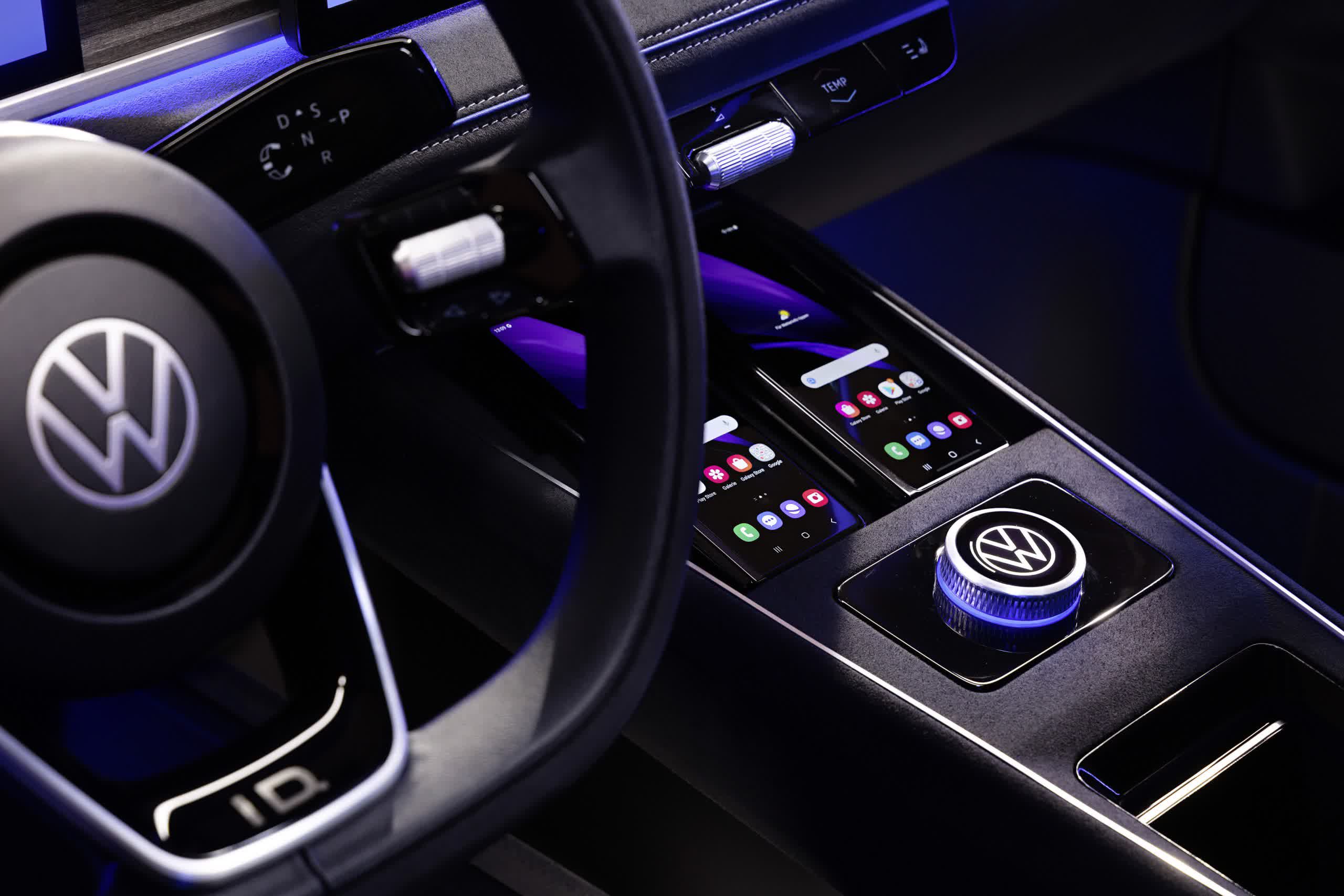A hot potato: Another auto-manufacturer has listened to complaints about vehicles packing too much tech into their interiors and reverted back to physical buttons instead of focusing on touch controls/screens. The change appears in a new concept car from Volkswagen and will apply to all future models from the German industry giant.
As the tech inside vehicles keeps advancing, one trend shared by many manufacturers is the reduction in the number of physical buttons from the interior, replaced by touch controls/screens. It's an especially common practice within EVs, but a lot of drivers aren't happy it.
Autocar writes that the ID2.all concept electric car shown off at Volkswagen City Studio in Copenhagen features several physical buttons beneath the touchscreen. Volkswagen interior designer Darius Watola said that this would be "a new approach for all models" based on "recent feedback from customers," especially those in Europe who wanted more physical buttons.
The decision to embrace physical controls isn't too surprising, given that Volkswagen CEO Thomas Schäfer said in June that the addition of touch-sensitive inputs in his brand's cars, introduced by predecessor Herbert Diess, caused plenty of frustration among loyal Volkswagen customers.
The ID2all features a row of physical, backlit buttons for the climate controls below the central touchscreen, as well as a rotary controller in the center of the car (above).
Volkswagen isn't the only company pushing back against the removal of all physical buttons from cars. Back in March, Sang Yup Lee, Head of Hyundai Design, confirmed during the launch of the new-generation Hyundai Kona that the Korean company was keeping buttons and dials in its vehicles.
"We have used the physical buttons quite significantly the last few years. For me, the safety-related buttons have to be a hard key," said Lee. The designer also noted how much easier it was to find a chunky physical button, dial, or switch while driving, rather than navigating through touchscreen menus that often require drivers to take their eyes off the road.
In June, J.D. Power's 2023 U.S. Initial Quality Study noted that the number of problems per 100 vehicles was climbing while driver satisfaction declined, both of which were attributed to the increasing amount of tech being crammed into vehicles.

